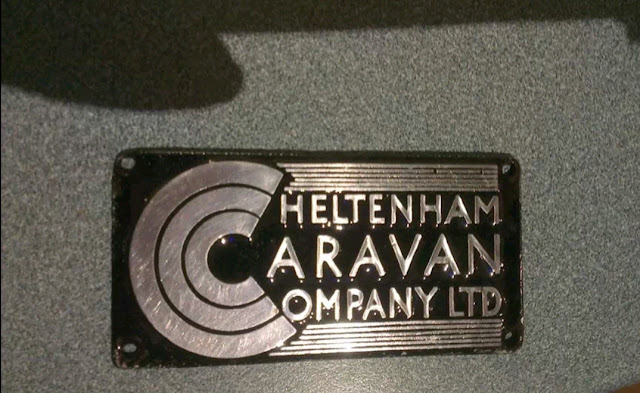Friday, 4 July 2014
Cheltenham Fawn comes to visit
Friday, 4 April 2014
Cheltenham badge refurbishment
Another little job to do, is to refurbish the Cheltenham badge.
Sunday, 2 March 2014
New cupboards take shape
Plans to bring the puku home this week failed, due to the car deciding to act up. So I decided to start getting the rotten cupboards rebuilt.
After dismantling the rear over sink cupboard, all that was left, in a usable state was the frame that the sliding doors mount in. Even the sliding doors themselves were of no use, as they been so vigorously sanded in the past, they'd sanded through the top layer of the ply. The rest was just completely rotten.
Wednesday, 12 February 2014
My loft is turning into the caravan
With the British weather doing it's usual and training constantly, I've moved more than half the interior in to my loft so I can continue work.
The cupboards are coming along nicely. The table, seat bases, chest of drawers and all of the kitchen drawer fronts, have now been sanded back and refinished with 4 coats of satin clear varnish.
Wednesday, 29 January 2014
Wheels
It's been a busy couple of months for me at work, so I haven't had much chance to do any work on the puku. The weather, of course, not helping either.
I had to use the wheels from my sable, to bring the puku back from Scotland and it's been sitting on them ever since. So I thought it was about time i got it some boots of its own.
With the puku's wheels back home I gave them a good clean and inspection. One of them had quite a bit of surface rust but seemed ok. The other, initially seemed in better condition but then I noticed that at one point on the rim, on both sides, the metal had become very thin presumably from sitting in mud, with a flat tyre. So unfortunately I think this wheel will be for the scrappers.
I took the other wheel to a local garage to have the old tyre removed. 





























